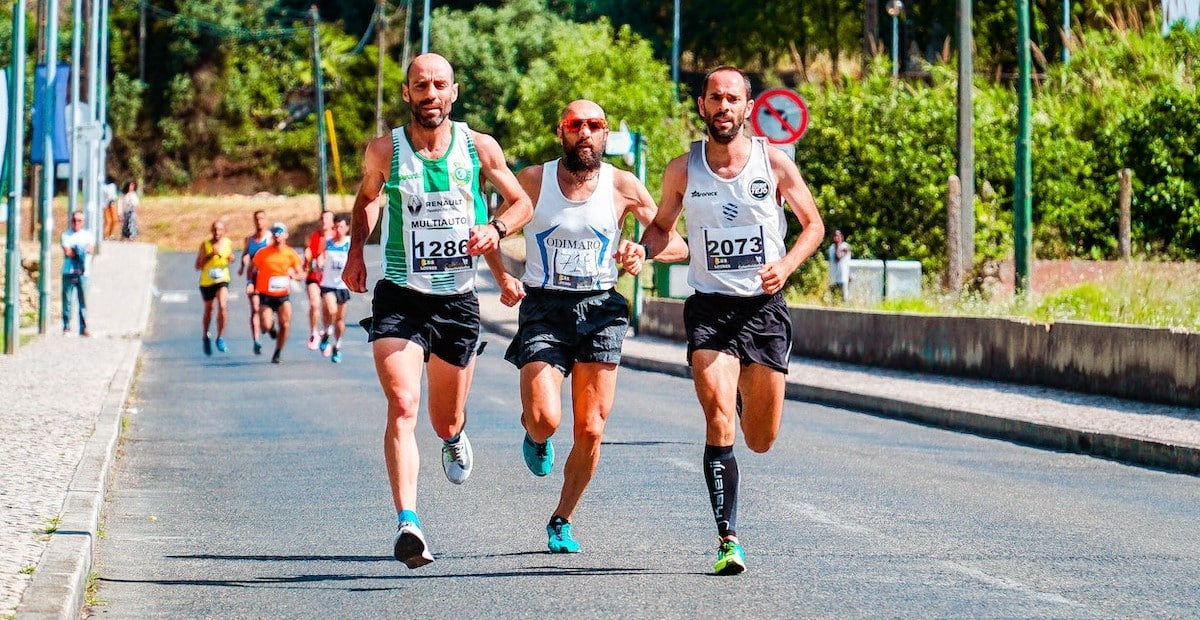
Contents
Using half marathon training plans and techniques to help you run your first half marathon
A half marathon is just over 13 miles. 13 miles is just over 21k. And in feet, 21km is 68897. The more you divide, the higher the perceived effort, but the same can’t be said for training plans.
Often, we view things in oversized blocks: a goal, a day, a holiday. But in reality, it’d best serve us to break up what makes those occasions. A goal can be split into sub-goals, making it easier to achieve. A day could be broken into hours, helping you to manage each stage. And a holiday can be frustratingly twisted into micro-managed activities that can take the fun out of it entirely (depending on your family, that is).
Relative to the right training plan, breaking up the right exercises and routines will help you to run a half marathon. From race pace training to cross-training days, race day prep to finish line mentality – the right half marathon training plan could be but a short read away.
Let’s do it.
Beginner schedule
First half-marathon tips are a dime a dozen. But that doesn’t mean you should ignore them. From cross-training techniques to training runs, new running shoes and half marathons themselves you’ll want to be factoring a lot.
Runner’s World suggests the following, ”A solid half marathon training plan should have these four things: cross-training days, a long run that’s at least 10 miles, a rest day immediately following your long run, and a taper.”
Cross-training gives you an edge on the endurance and stamina side of things, building your muscles and reducing risk of fatigue and aerobic overworking. A great way to get on that cross-train hype, rest days schedule and running routines is to check out their subscription – it’s packed with useful info.
Speed training
Let’s say you get to race day. You’re raring to go, ready for the performance and feeling great. One of the reasons for this sense of triumph will be the speed training you utilised. Interval training, tempo running and Fartlek training are all forms of speed training. These activities build your endurance and stamina, optimising your condition for a prime race pace, a good finish time and low fatigue throughout.
Be sensible when it comes to speed training as injuries are common – sprinting up and down hills comes with obvious red flags. There’s no point in prepping for an entire race only to fall before you’ve even reached the starting line.




Conclusion
These are just two of the most common forms of training prep. Without hiring a fully certified running coach, there’s plenty you can do in the way of running a half marathon properly, so why not get started today and become the runner you need to, now?
FAQs
Will I be racing against more experienced runners?
Chances are there will always be someone better than you. That doesn’t mean you’re at any real disadvantage, you may just have to train smarter and harder. But at the end of the day, these sorts of events are races against yourself; your own goals are more important.